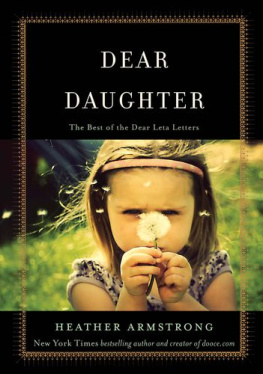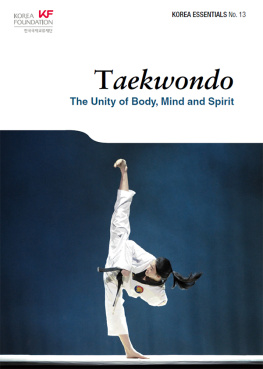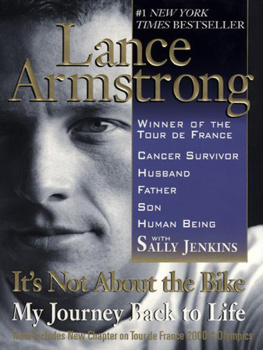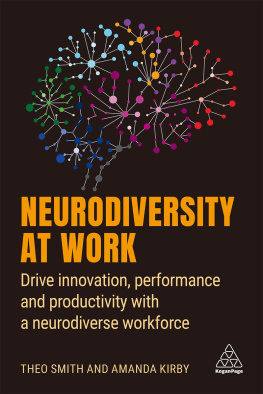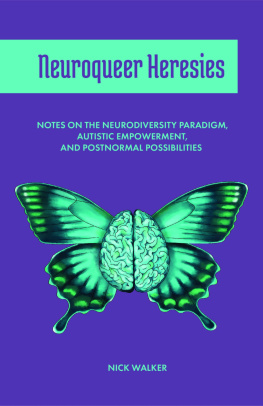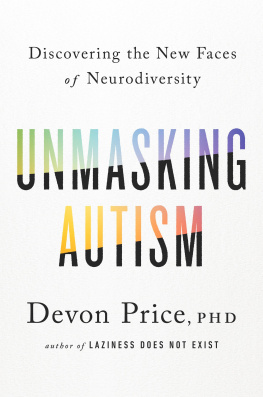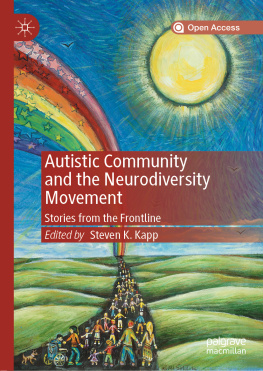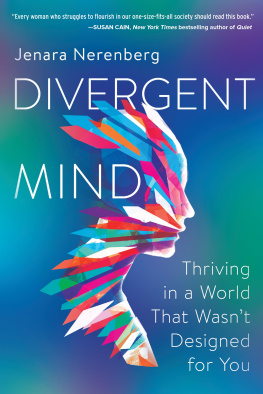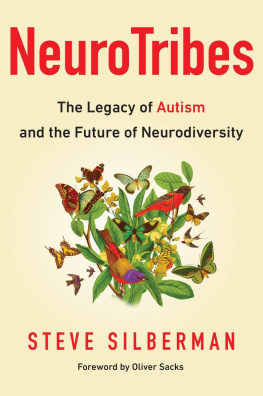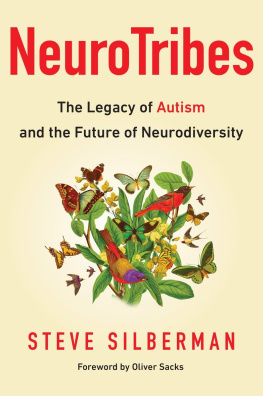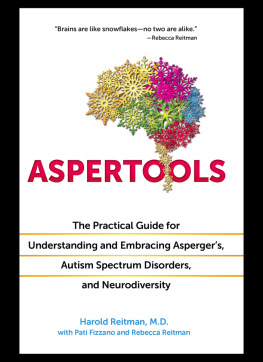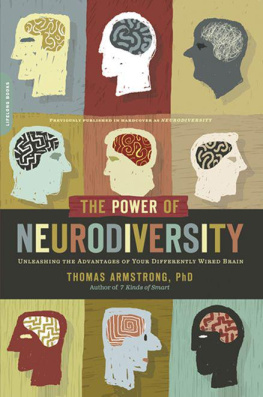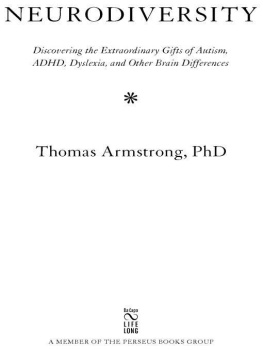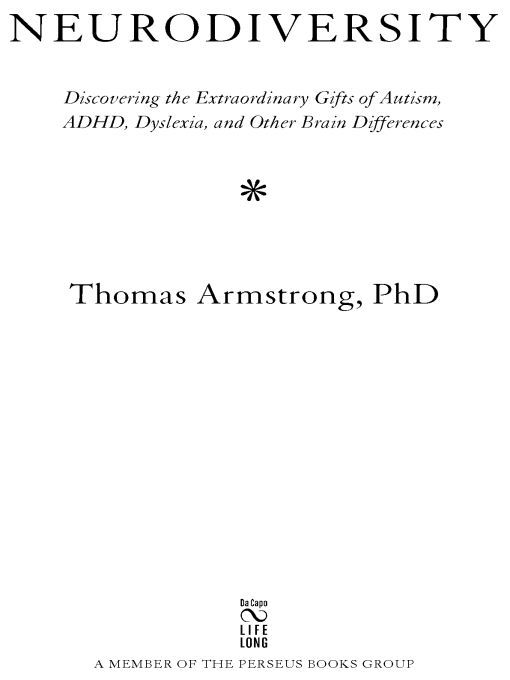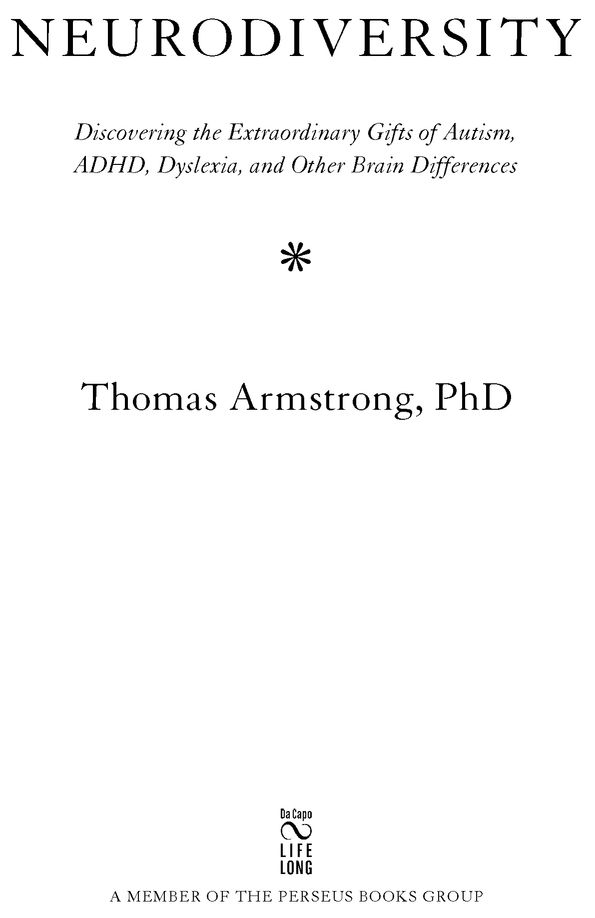Table of Contents
ALSO BY THOMAS ARMSTRONG:
The Human Odyssey
In Their Own Way
7 Kinds of Smart
The Myth of the A.D.D. Child
Multiple Intelligences in the Classroom
Preface
While working as an educational consultant, I used to go into schools and meet with parents, teachers, and specialists at Individual Educational Plan (IEP) meetings concerning specific difficult students. Before each meeting, I would ask to have a copy made of the childs cumulative file, consisting of grades, reports, tests, and other official papers extending back into kindergarten. Id take a yellow marker as I read through the file and highlight anything positive about the student including comments (e.g., a kindergarten teachers note: Loves to finger paint), high grades or test scores (e.g., high score on the Object Assembly subtest of the Wechsler Intelligence Scale for Children), and anything else that seemed promising. Then Id type all the positive material together on two or three pages (often distilled from one hundred or more pages) and hand it out at the meeting. First, Id notice that many adults at the meeting would express surprise at the number of positive things said about a student who was so troubled and/or troubling to others. Second, Id start hearing comments like Now that you mention it, he does have a flair for drawing, or Its true, he really is a hands-on learner. Typically, IEP meetings would tend to dwell on the childs negative attributes, and a dark cloud would hover over the group. However, I discovered that when the meeting started with people talking about the students positive assets, this often opened things up to a broader discussion of the childrens true potentials, and often some real solutions to helping them would be generated in the course of the meeting.
This little exercise of mine points to something more significant about the true nature of people who struggle with labels like ADHD, autism, and dyslexia both inside and outside of school. Too often, the seven labels that I take up in the course of this book (autism, ADHD, dyslexia, mood disorders, anxiety disorders, intellectual disabilities, and schizophrenia) attract negative thoughts and attributions from professionals, family, and others, and these individuals go through their lives saddled with low expectations. However, once we start to look more deeply into their lives, we begin to see strengths, talents, abilities, and intelligences shine through. This process of investigating the positive dimensions of people with negative labels can make a world of difference in helping them achieve success in life. Its because this work is so important that I am convinced we need to reject the disease-based thinking that too often dogs the lives of labeled individuals and embrace a more positive vision of who they are, and who they can become. The word neurodiversity conveys this sense of affirmation. Just as we use the terms cultural diversity and biodiversity to refer to the rich variety of social heritage or biological life, we need a term that conveys a sense of the richness of different kinds of brains. Coined by autism advocate Judy Singer, neurodiversity is just the right word at the right time to account for recent evidence from brain science, evolutionary psychology, and other fields that suggests that amid the damage and dysfunction appearing in the brains of people with mental health labels, there are bright, shining spots of promise and possibility. Rather than viewing people with dyslexia, mood disorders, ADHD, or autism as having broken brains, as some have done, I present strong evidence in this book for extraordinary gifts in those individuals who might to many people seem least likely to possess them. I hope that in the course of this book you begin to experience a kind of pleasant surprise at the number of positive things that can be said about people possessing each of these seven conditions. Id also like this book to encourage dialogue about the hidden strengths of people in our own lives who have one or more of these seven conditions (e.g., Now that you mention it, my uncle has autism, but is a mechanical genius). Finally, Id like to open up a broader discussion about the meaning of human diversity as it relates to the brain. Up until now weve tended to use heavily negative medicalized language to speak of brain diversity but generally positive naturalistic language to talk about cultural diversity and biodiversity. For the sake of our well-being and health as a society and culture as a whole, its essential that we start using more positive language to talk about the brain in its many variations. This relatively new term neurodiversity (in use for only the past ten years) gives us a means of doing that. To be sure, I dont want to slide into Pollyannaism and have us simply extolling as marvelous anything that the brain conjures up. It is an understatement to say that these seven conditions bring with them untold suffering for those who have them and for those who are caretakers and loved ones. But weve become one-sided in our disease-based orientation to brain differences and need to spend time exploring the positive side to correct this imbalance. If this process results in some positive solutions being generated to help individuals with these brain differences, then the time spent in writing this book will have been well worth it.
The book begins with a chapter that summarizes eight basic principles about neurodiversity, including the idea of niche construction, which, like a beaver building a dam, provides opportunities for neurodiverse individuals to create suitable lifestyles for themselves that seek not so much to fit into the world around them as to make the world accommodate itself to their needs, styles, and assets. The next seven chapters take each of the brain conditions listed above in turn and focus on the strengths that Ive observed in the literature. Especially interesting to me is the way in which these conditions are regarded in other cultures, or might have proved useful in times past (including prehistoric times). This serves to highlight another of my central principles from chapter 1: whether you are regarded as disabled or gifted depends largely on when and where you were born. I am convinced that not enough attention has been given to the cultural relativity of disability labels and that there are good reasons why these conditions are still in the gene pool. In each of the seven chapters, I also examine how to construct niches using assistive technologies (e.g., spell checkers and text-to-speech software for dyslexics), good career choices (e.g., the computer field for people with autism), human resources (e.g., a life coach for people with ADHD), and specific strategies (e.g., mindfulness meditation for people with anxiety disorders). In chapter 9, I look at neurodiversity applied to children and education, noting that special education programs up until now have been isolating, stigmatizing experiences for many kids and that a new type of inclusive neurodiverse classroom, consisting of kids with and without labels, is a more suitable learning environment for all children. Finally, in chapter 10, I write about the future of neurodiversity, examining a business, for example, that hires people with Aspergers syndrome to test computer software because they do a better job than so-called neurotypicals. I also look at the increasing threat that genetic engineering and prenatal screening pose in potentially eliminating neurodiverse people from the planet. An appendix provides a list of helpful books, videos, organizations, and assistive technologies for each of the seven brain differences covered in this book.


